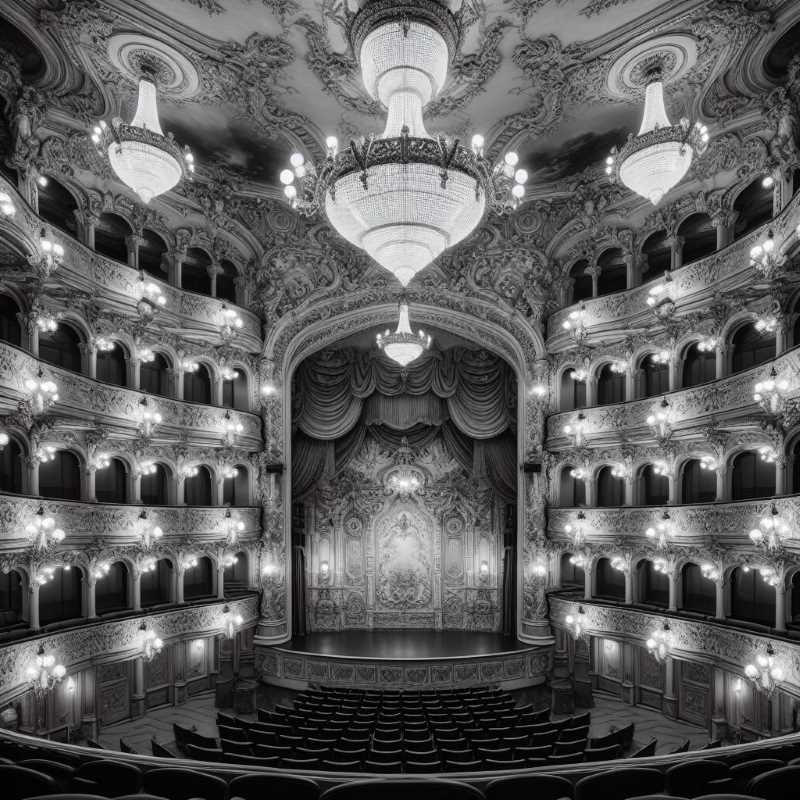How the Mexican Revolution Transformed the Stage
Pre-Revolution Mexico's elite ignored social injustice, favoring weepy Spanish plays and fancy operas. The Mexican Revolution ignited a theatrical shift. Playwrights exposed pre-Revolution hypocrisy, dramatized battles, and later criticized the Revolution's failings.

The heart of Mexico City, buzzing at the twilight of the 19th century. Grandiose French-inspired mansions, built for the emerging wealthy elite, line the new Roma colony. Yet, just beyond the city limits, a sea of hardship unfurls – families crammed into decaying colonial houses, displaced Indigenous communities brutally suppressed, and armies of laborers languishing in textile factories and mines. It's a city of stark contrasts, of glittering surfaces and festering injustices – the so-called 'Porfiriato' under the iron fist of President Porfirio Diaz.
You might glimpse the old guard, the once-noble Creole families, clinging desperately to their fading colonial splendor. These are people who cling to titles as their fortunes erode, remnants of a social order being ruthlessly swept aside by Mexico's industrial boom. And amidst this old, decaying beauty, the opulent Roma colony rises, a nouveau riche testament to the new era of Mexican capitalism. Imagine Parisian boulevards transplanted onto Mexican soil, where the upper classes indulge in conspicuous consumption while ignoring the growing cracks in society.




